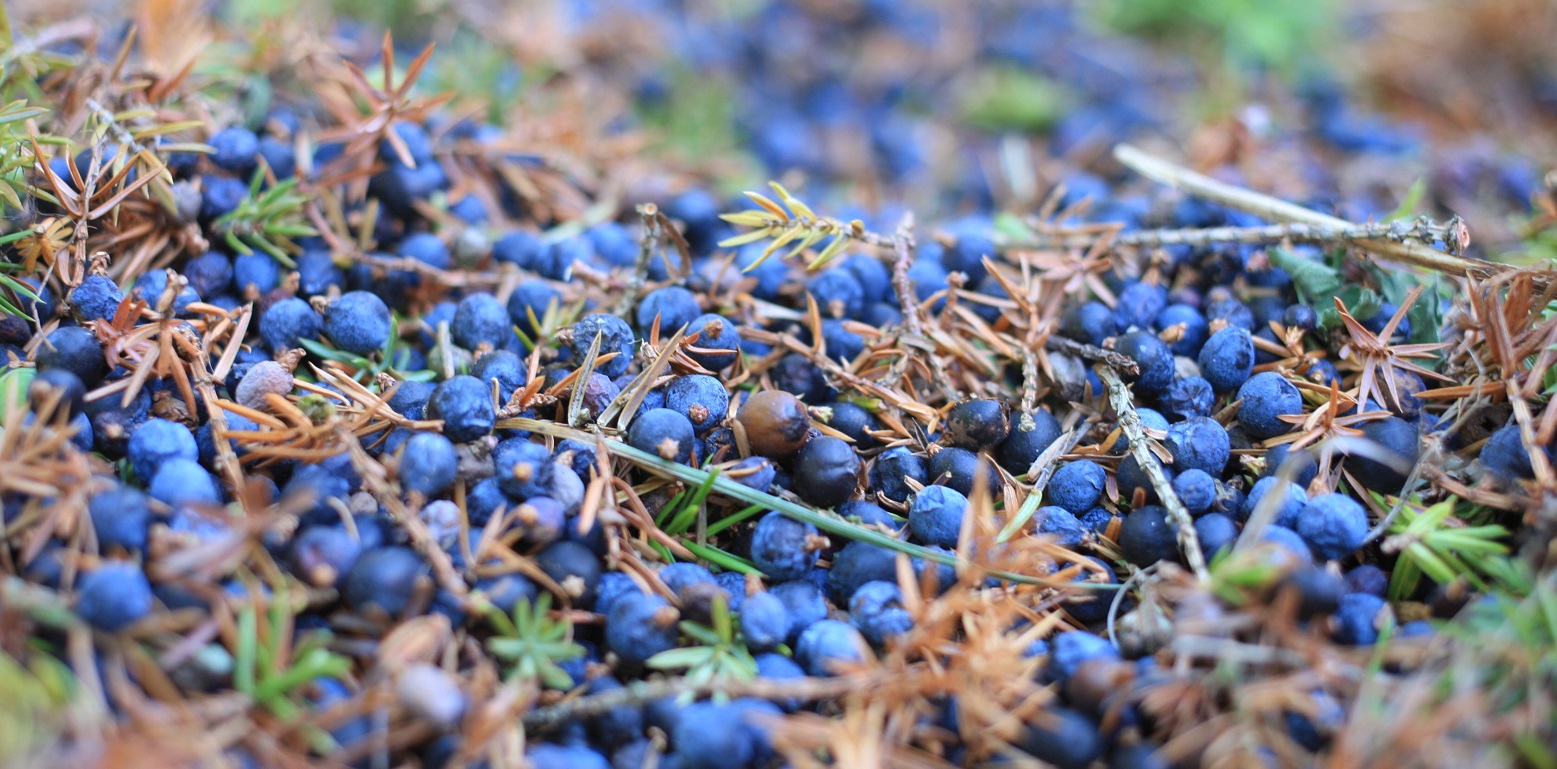How to ...
We talked with our founder Maarit about some of the initial questions that arise when you start to think about gin – either drinking it or thinking about how to make it.
How is gin made?
Gin is made through a distilling process, where neutral spirit is flavoured with special botanicals and then distilled into some of the most magical drinks.
Some botanicals are very common in gin. By definition, gin has to contain a juniper flavour, but often there is also coriander or orris root.
What is gin made from?
The key ingredient is juniper berry, but I have tasted a gin with only 3 botanicals and one with more than 40 botanicals. Our first gin contains ten different botanicals.
These days most gin producers use a neutral base spirit from one of the bigger spirit manufacturers, and then distil it further with their selection of botanicals.
What grain is used to make gin?
The base alcohol for making gin can be made of several grains – like wheat, barley or rye. In some countries corn, potatoes and even sugar beet are in active use.
For our Ösel Dry Gin we use rye as it has deep historical roots in the food culture of the island and it gives the gin its crisp and fresh taste.
Can you make gin from vodka?
You can use vodka to make gin. In theory, a gin producer could have a supply agreement with a vodka producer. Gin producers use base spirit, which is a vodka-like spirit product.
To make your personal “gin” the easiest option is to use vodka – just mash and soak juniper berries and other botanicals whose taste you think you might like in your gin, in the vodka and voila, you have a gin-like drink. It’s not a distilled gin and can easily become unpleasant (believe me, I have tried).
It is easier to take a gin you like and make your own flavoured version of it. This is the most common technique that is used to make sloe gins. You can turn any regular gin into a sloe gin by just adding sloe berries and sugar.
Sugar? But most gins are called dry. Even Lahhentagge’s first product is called Ösel Dry Gin. What makes gin dry?
Similar to wines, gin can be dry or sweetened. Both compound and distilled gin can be labelled as Dry Gin or London Dry Gin if they do not contain sugar or any other sweetening agents.
How do you make a gin distillery?
A gin distillery can be set up like any other distillery. In principle, all you need to have is the necessary equipment and proper licenses.
We are early in the process of building one, if you want to know more about how it can be done – and maybe also why it should not be done – you can follow our adventures here, on this page.
You can also sign up for our newsletter. That way you won’t miss a beat.
Enjoyed? pass it on then:












